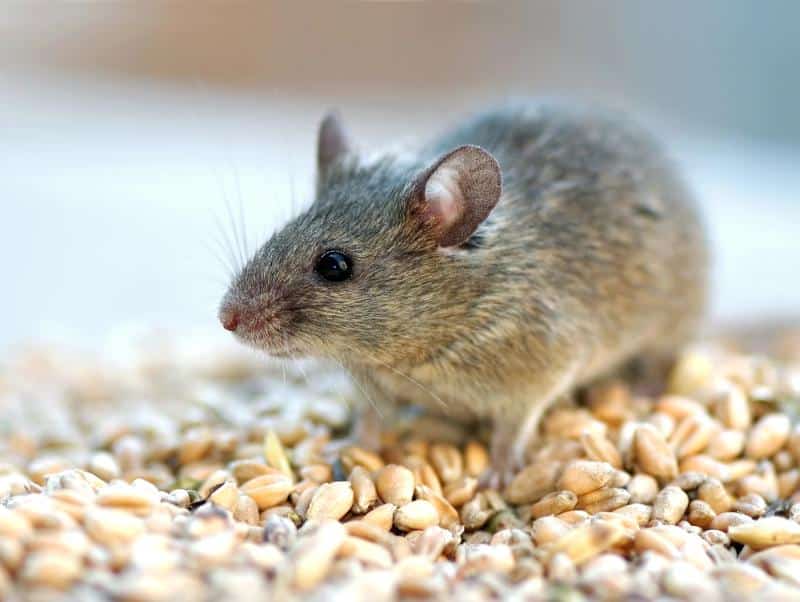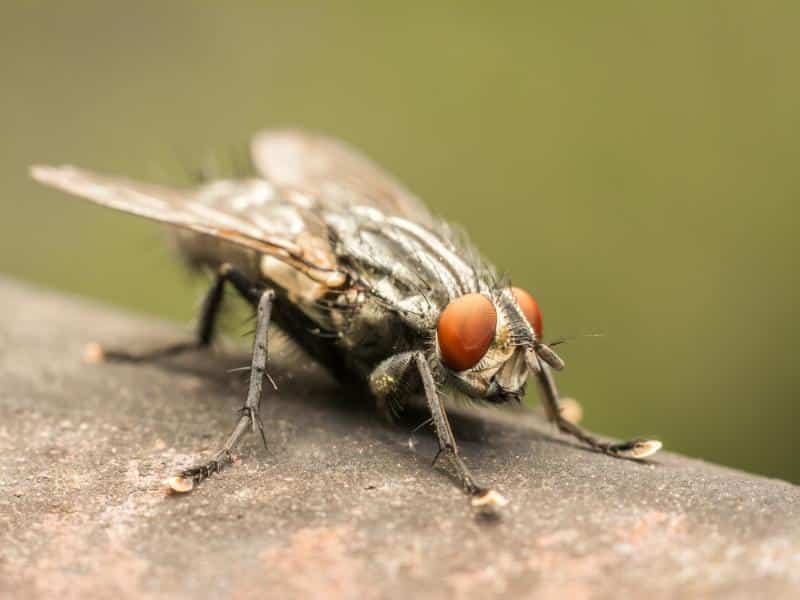Many pests carry disease-causing pathogens that can disrupt your wellness and daily life. These illnesses can spread easily within a household and quickly escalate into serious health issues. The most concerning part about this is that pests can invade any home, not necessarily because it’s unclean. According to research, at least 85% of homes have had a mouse scurrying through them in the last six months. That may cause you to wonder whether it’s beneficial to take preventive measures after all, but doing so can go a long way. It also helps to know what are the common household pests so you can deal promptly with them should you encounter any at home.

1. Rodents
Mice and rats are common kitchen invaders, posing several health risks. These disease-causing pests transmit countless infections through their bites, urine, and excrement. Such diseases include Salmonellosis, hantavirus, and Leptospirosis, which can be difficult to treat. Additionally, the hairs on these rodents often act as hosts to fleas and ticks. So, if you don’t have pets in your home but have a flea and tick infestation, you probably have rodents in your home. In another breath, the presence of pets like cats and dogs can become problematic when rodents introduce fleas and ticks to your living space. These insects cause Lyme disease and Murine Typhus, and before you know it, your home will become a hotspot for infectious diseases. Aside from that, rodent infestations are also known to pose fire hazards because they chew the electrical wiring of the homes they invade. You can manage this by scheduling regular fumigation and other pest control measures to spare your household from a rodent invasion.
2. Mosquitoes
These insects are endemic to the African continent and notable for causing Malaria. However, the latter isn’t the only thing to be worried about because mosquitoes are responsible for the West Nile Virus, Zika, Yellow Fever, Dengue Fever, and so on. These diseases range from mild discomfort to severe illness that may call for hospitalization. Mosquitos thrive in water-logged and damp areas, so the solution is to eliminate standing water around your home. Your home’s garden can become a fertile breeding ground for mosquitoes, especially if the soil has poor water-soaking features. Anytime you water your plants, water collects in puddles at the base and stays longer on the surface than expected. Thankfully, there are several mosquito control measures to protect you and the rest of your household from their itchy bites and diseases. You can also invest in repellants to prevent them from coming near you or your abode. Cinnamon, eucalyptus, Greek catmint, and Thyme oils are excellent mosquito repellents you can consider for your household.
3. Cockroaches
Roaches are notorious bugs that find their way almost everywhere. All they need is the tiniest crack in the wall, roofing, ground, windows, or anywhere else to crawl through. They are also one of the fastest-reproducing bugs in the world of pests. The scariest part is that each ootheca or capsule contains 30 – 48 eggs, and the female cockroach lays at least two per week. Fortunately, you can invest in IGR for roaches to break up their growth cycle.
The resilient nature of these bugs makes them hosts to a range of pathogens. These include E. coli, Salmonella, and other harmful bacteria. Cockroaches contaminate your home by crawling across surfaces like the kitchen counter and utensil-holding cabinets. Your household is at a high risk of food poisoning and gastrointestinal infections when these notorious pests invade your home. Their pungent smell can also trigger asthma and other allergic reactions in people with pre-existing respiratory conditions. The best you can do is to ensure zero infestation by cleaning your utensils and cutlery before and after each use.
4. Houseflies

Their constant buzzing across your face and ears can be real nuisances, but there is more to houseflies than their annoying presence. Houseflies carry pathogens that cause E. coli, Salmonella, cholera, and other life-threatening diseases. They carry these disease-causing organisms on their hairy legs, making it easier for them to transmit infections wherever they land. Houseflies feed on decaying organic matter, and the microorganisms they carry thrive on edible items, explaining why many of their diseases are foodborne. The best way to control, reduce, and avoid flies invasion is to implement proper sanitation practices in and around your home. It would be advisable to take preventive steps if you plan to have an outdoor picnic anytime soon. Cover your food and make each edible item completely inaccessible to houseflies. The more you control fly populations around your home, the fewer risks your household will be exposed to.
5. Bedbugs
Pest control reports indicate that the 1990s recorded a bedbug resurgence in US hotels and motels. That was after the country had made significant strides in reducing nationwide infestations for decades. Today, the story is even worse than ever, as reported by the Americanpest.net website. This research reveals that bedbugs have reached exponential numbers in the United States, raising concerns about what could be done to get rid of them. Admittedly, their bites do not cause any direct diseases, but the problem is with the allergic reactions seen on the skin after several bites. People who have experienced these allergic reactions say it increases anxiety and stress. Thankfully, you can prevent an infestation by washing your bedding in hot water for half an hour. Use the highest setting for thirty minutes if you’re using the dryer. You can also rely on pest control professionals to inspect your home for signs of an infestation. If there is, they will fumigate your home to eliminate any bedbug invasion. The secret to getting rid of bedbugs from your home is to act promptly.

Your home can become a healthy living space when you take the right measures to foster a pest-free environment. Knowing which pests are the most common and the diseases they cause can also help you to be more proactive to ensure they don’t spread around your home.
